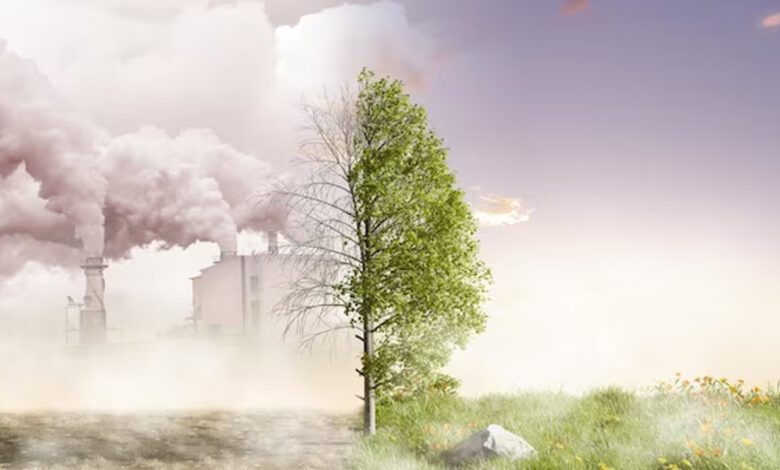8 Steps to control pollution

Pollution is defined as the degradation of the environment around you. It can be in many forms such as air pollution, water pollution, noise pollution, and radioactive. With the passing of time, the rate of all these types is also exceeding at a higher rate.
“Pollution is an evident evil existing around you.”
Many climatic dangers are rising due to the rising scale of pollution. If steps to control it are not taken immediately, the environmental situation will be at its worst in the coming times. Thus, taking small steps in the right direction will surely contribute to a positive change.
8 Steps to control pollution
1. RECYCLE
Recycling is the most important step that we can take to improve the environment. Recycling not only at the higher levels but also at the home level should be practiced. If one recycles, the amount of waste that is disposed of in landfills also reduces. Recycling also helps in the conservation of natural resources that are present and reduces the urgency to collect raw materials every now and then. Thus, it is a small step that directly helps in controlling pollution.
2. REUSE
People reuse things to save money but it is an unpopular fact that reusing also results in reducing pollution. It helps in saving the environment and conserving natural raw materials, reducing greenhouse gases in the environment, saving energy, and if one develops the habit of reusing, then it can contribute to a greater extent.
3. NO PLASTIC
Plastic is very harmful to the environment and this is a well-known fact. It contains toxic pollutants that affect humans, animals, and even plants. The non-biodegradable nature of plastic makes it hard to decompose for several years, damaging the environment severely and contributing to polluting it.
4. CHOOSING PUBLIC TRANSPORT
Currently, car honks and bustling roads are quite common. Traffic congestion is the most common form of noise and air pollution and the most dangerous also because it disrupts the air quality, increases Carbon dioxide content, affects oxygen levels, and causes severe respiratory problems. Many urban planners believe using public transportation reduces traffic and controls pollution to a great extent.
5. NO CRACKERS
Firecrackers increase the pollutants and dust levels in the air. Firecrackers contain chemicals like sulfur, zinc, sodium, and copper which mix up with the oxygen present in the air subjecting to health risks. They also contribute to unwanted noise. Avoid using crackers is an easy solution to opt for saving the environment from pollutants.
6. NOT WASTING RESOURCES
Resources like light and energy are important. Switching off lights when not in use closing taps and monitoring water runoffs should be taken care of. Avoid using automobiles all the time. If we reduce the input of chemical usage and conserve energy resources, then pollution too can be controlled to a great extent.
7. AFFORESTATION
“Afforestation is the need of the hour.”
The pollution rate can be slowed down by planting trees on a large scale. Afforestation simply stands for growing more trees. More trees can serve as oxygen supplies suppressing the ill effects of air pollution. They also act as a checkpost for soil erosion and water runoffs. Many environmentalists regard afforestation as a great help in curbing the pollution rate. The oxygen levels of villages and rural areas are much better than the cities and urban regions. The main reason behind this gap is the large-scale growth of trees in villages and places with less industrialization.
8. PROPER WASTE DISPOSAL
When people dispose of waste without the proper management of it then it contributes to pollution. The wastes from hospitals and laboratories are harmful and radioactive in nature. If it is disposed of without proper treatment, it causes pollution. Non-biodegradable wastes should be separated from biodegradable. They should be further put into a proper place or a landfill and not anywhere else.
Factories and industries that directly dispose of their waste into water bodies should be dealt with strictly. They pose a serious threat to aquatic species and ocean life. By not disposing of waste into the water bodies, water pollution can be controlled. Chimneys that discharge their harmful chemicals into the air affect the air quality and should also be checked out for alternatives.
Conclusion
Pollution is something that has increased its roots in the past few decades. If steps at the right time aren’t taken then it will make whole of the humanity suffer. Taking small steps each day can help to achieve the goal of curbing pollution.
Why should we wait for someone to bring about a change?
Who are we waiting for?
Let us be the change because nature is calling.



